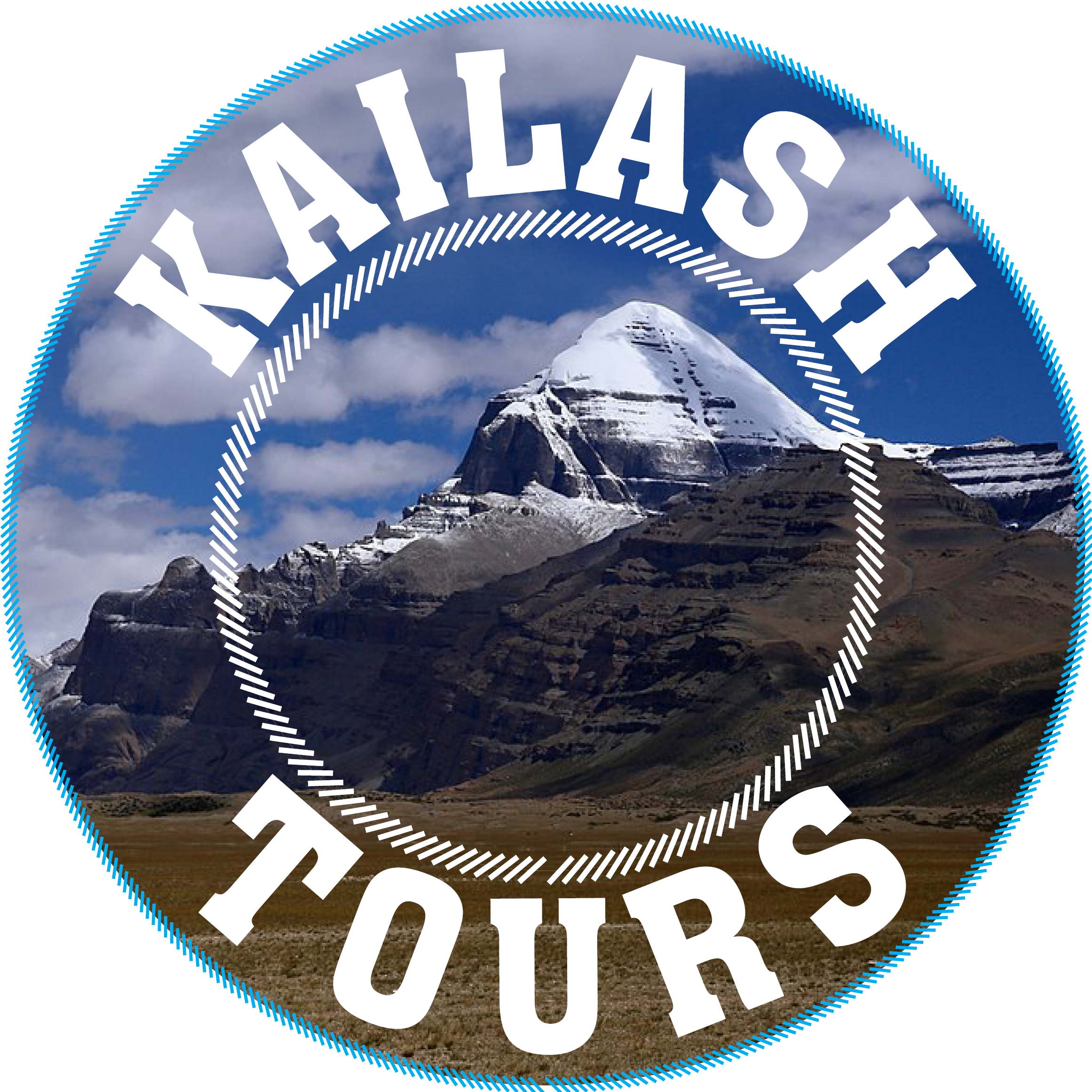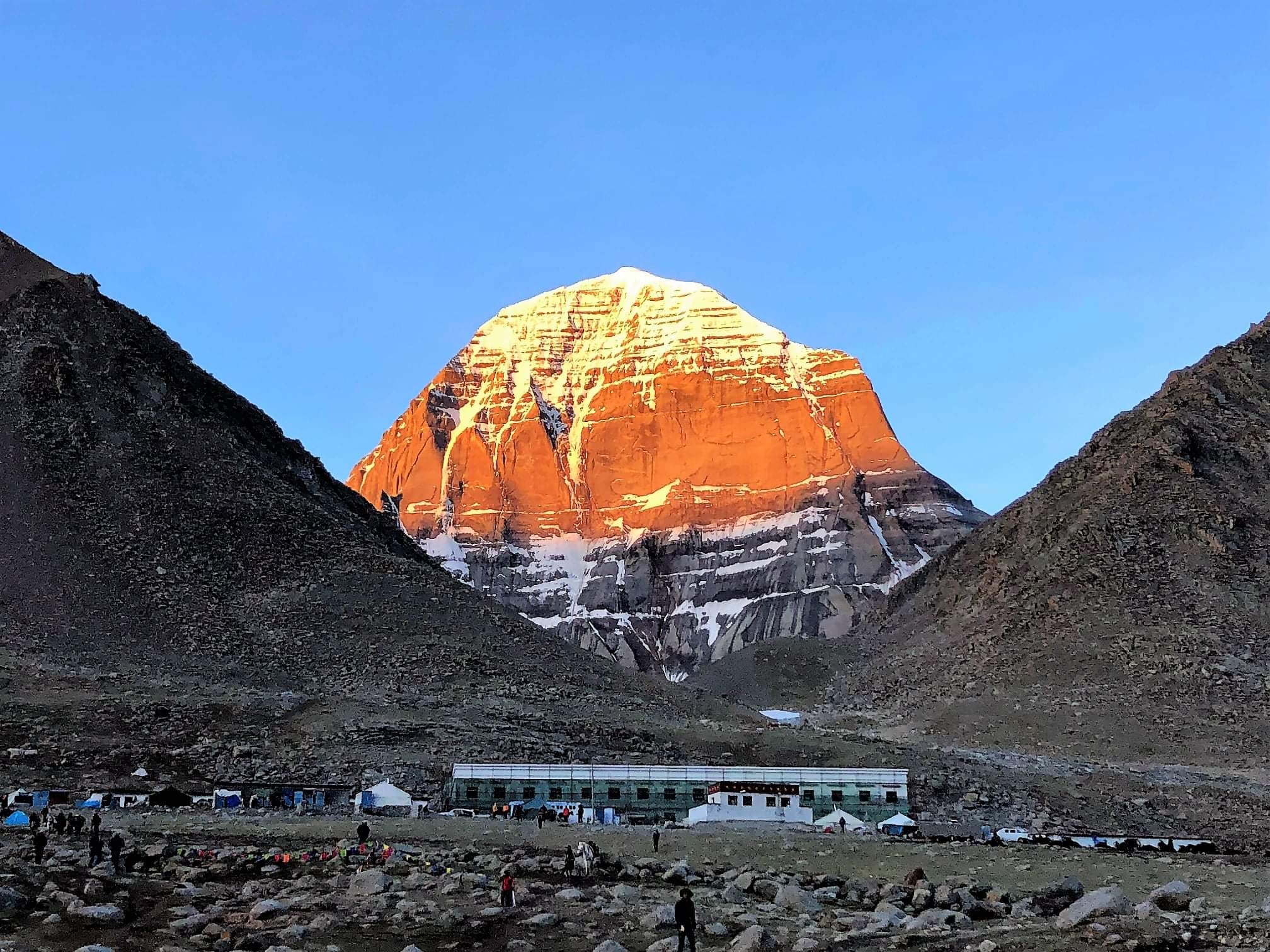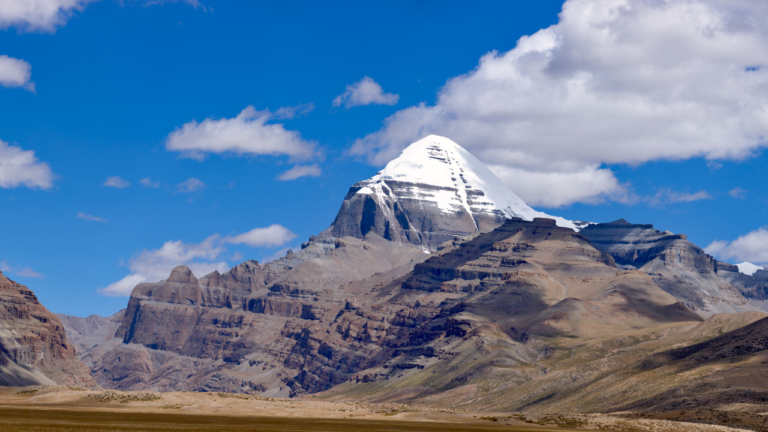Lhasa Kailash EBC with Charan Sparsha
Lhasa Kailash EBC with Charan Sparsha
Lhasa, the capital city of Tibet Autonomous Region, is notable as “the city of daylight”. With a long history and solid religious air, it has pulled in numerous voyagers to take a visit. In the Tibetan language, “Lhasa” signifies where God lives. Situated at 3700 meters above ocean level, its the sacred city for Tibetan individuals, yet additionally for Buddhist enthusiasts everywhere throughout the world.
It probably won’t be appropriate to consider it a “city” a couple of years back, however, at this point, its drawing nearer to a city we know about. Inns, banks, shopping centers… you can see them all around, and about the influence you to overlook its quite a level. Strolling in the Potala Palace Square after remodel, you may have a fantasy that you are not in Lhasa, which should be poor in your brain. In any case, this is actually its appeal, another cutting edge city with an antiquated flavour that will thoroughly get you inebriated and cant resist experiencing passionate feelings for it. Regardless of Jokhang Temple, Norbulingka, Sera Monastery, or Barkhor Street, and so forth there is dependably a spot can inspire you, and become the goal of your spirit.
Detail Itinerary
Day 01: Kathmandu Arrival
Welcome to the Tribhuwan International Airport Kathmandu. Our representative will greet you and escort you to the hotel for check-in and Aarati at Pashupatinath. stay overnight.
Day 02: Kathmandu Sightseeing
Early morning after Breakfast we visit Pashupatinath, Gujeswori Temple, Jal Narayan, Bouddhanath Stupa and Swyamabhunath Stupa. Lunch on the way.
Day 03: Fly Kathmandu – Lhasa
On your arrival in Tibet, we will meet you at the airport and transfer you to the hotel. Taking it to slow the rest of today, you can adjust to the altitude easier and quicker. Remember to drink plenty of water and get plenty of sleep for the long journey ahead.
Day 04: Lhasa SightseeingPotala Palace
Jokhang Temple
Day 05: Lhasa – Gyantse – Shigatse
Further, our waylays in the capital of a province of Tsang – Shigatse – residence Panchen Lama – the second ecclesiastic of Tibet. Early in the morning excursion in a monastery of Tashilhunpo (it is based on 1447), visiting a temple of the Buddha of the future – Maitreya and also other temples of a monastery. Overnight at the hotel.
Day 06: Drive to Everest base camp (Explore)
early in the morning take breakfast, drive to Rongbuk and Everest Base camp. Place of Rongbuk & Rongbuk Monastery at an altitude of 5000meter from sea level the highest in the world is dedicated to the Guru Padma Sambhava. The monastery is a pleasant place to visit but of course, the major attraction is the stunning necked hills & snow cover mountains scenery all around and the view of the world’s highest Everest mountain’s north face. From here it takes the half hour drive to Everest Base camp & altitude of 5200 meters. Explore here and back to Rongbuk. Take Lunch and drive to Old Tingri for overnight.
Day 07: Drive Old Tingri – Saga
Early morning take breakfast & drive to Saga and meet staff from Kathmandu, From Tingri to Saga will take 7 hours, Staff will make fresh meals. Overnight in 4-star hotels in Saga
Day 08: Saga – Paryang – Manasarovar
The day starts with full of excitement, by the late afternoon you can have the first sight of Holy Kailash Parbat and Manasarovara. Hore, a small village nearby Lake Manasarovar, we will spend a night there.
Day 09: Exploration of Lake Manasarovar
Drive to DarchenManasarovar is the lake of compassion, tranquillity and bliss. After completing the memorable morning Bath and We will head towards Tarchen in the evening around 4 PM. It is considered as a base camp for the Holy Kailash Parikrama.
Day 10: Darchen to Derapuk ( Kailash Parikrama)
It is one of the exciting days walking along the beautiful rocky cliffs; water falls with some clouds in the clear blue sky make you feeling that Great God Shiva is everywhere with tons of blessing to you. Time to time the face of Kailash Parbat will keep on appearing. For 15 km trail, it takes almost 6 hrs.
Day 11: Morning take breakfast and start walking towards Charan SparshIt takes 3 and half hour climb up and climbs down is taken 1 hour. Overnight stay there in Dirapuk
Day 12: Derapuk to Zuthulpuk (Kailash Parikrama)
Hardest but Holiest day of your pilgrimage Yatra with Dolma-La (pass) of 18600ft between two valleys. Yamasthal should be crossed to reach the Shiva-sthal while your steps go closer to the pass. Once you reach the top, just do the holiest offering and sit down for meditation to forget you. Once your steps go down, Parvati-sthal and Gauri Kunda are on the way. By the late afternoon, you will arrive Zuthal Puk (the cave of Miracles. The great ascetic Milerappa is supposed to have performed miracles here).
Day 13: Zuthulpuk to Darchen ( Kailash Parikrama) and Drive to Saga
After walking for 3 hours, all the driving crew will be waiting for your arrival. By late afternoon you will be at your lodge in Saga.
Day 14: Saga to ShigatseEasy day onward today. We take easy driving back to Shigatse town which is the second biggest town of Tibet. You can make a late afternoon walking tour.
Day 15: Shigatse to Lhasa
Continue drive to Lhasa city and transfer to Hotel. Prepare your bag for flight back to Kathmandu.
Day 16: Lhasa – Kathmandu
We will receive you from Airport and drop off at the Hotel. Rest and shopping if time permits
Day 17: Departure/farewell
We will drop you to the International Airport of Kathmandu for your further journey.
Recommendations for Yatra
Insurance for the trip
Trip insurance is important documents. Touch Kailash Travels and tours do not need your insurance policy for permit and visa confirmation. it is only for your secure and emergency. make sure your insurance cover travelling up to 5600 miter altitude and cover Emergency rescue and Medical bills.
Health
Oxygen level is less at higher altitudes. The inclement weather and high altitude induces certain illness generally not encountered over the plains. Headache, nausea, lassitude, lethargy, breathlessness, general uneasiness [malaise], high irritability, light loss of balance, disorientation, incoherence and insomnia are a few. It is common to all irrespective of the age, sex and physical fitness. Gradual acclimatization is the best answer. Tranquilizers, sleeping dose and strong anti-biotic must be avoided. Some of symptoms indicate that the body mechanism is readjusting to new environments. The best idea is deliberately slow down all the activities and follows the following rules:
• Rest.
• Relax-do not exert, be excited.
• Reduce talking.
• Walk slowly – adopt one third of your speed and space.
• Keep your load light.
• Walk for 15 minutes and rest for 5 minutes.
• Whenever you feel uncomfortable, just stop; rest and relax.
• Ignore the sudden outbursts of fellow pilgrims and avoid arguments.
• Observe silence with smile.
• Never go too high and too fast.
• Consume plenty of liquids; never proceed with an empty stomach.
• Chant a prayer or visualize everything around to suit your pleasant thoughts or put on the earphones and listen to your favorite music, bhajans, chanting etc.
• Be careful not to catch a cold. It is better to be over clothed than under protected. En-route avoids taking bath or drinking water from Lake Streams or rivers, as your system is not conditioned for this.
• Keep your boots/Ked inside tent. Protect yourself against dust and direct sunshine during the long stretches of driving. Face, feet and hands must be well protected.
• The uneven ground, steep slope and slushy banks are full of potholes. Do not combine walking and sight seeing together.
• Always listen to your guide or the one with experience. Never leave the group.
• On this trip, over exertion is to be avoided and drinking plenty of fluids is recommendable. During winter, heavy warm clothing is a must.
Physical fitness
• Kindly consult your doctor and get yourself examined for this yatra
• As Mount Kailash and lake Manasarovar is situated at high altitudes please start exercises like walking, jogging, yoga and other breathing exercises in order to have a successful yatra at least from a month before.
Packing List
DOCUMENTS:
You are advised to own a small waist pouch or document bag to manage the following documents properly;
• Passport with Photo copies, Photographs, Identity card, Diary for addresses, contacts, small notes etc.
• Ball pens with spare refills Maps/Charts/Books etc.
• Travel Cheques, credit cards & Currency.
• Airline/Railway tickets/vouchers.
• Any other document for personal purposes.
COMMON ITEMS
• Big bag for putting your equipment and others
• A small light trek bag
• Water bottle / Thermos flask for hot water (1 liter).
Note: Touch Kailash Travel provide you big bag and small day carry bag for Yatra
CLOTHING
• Enough clothing for the whole Yatra including 3 pairs trek suits/leisure wear/jogging troushers/4 to 5tea shirts/2 polar flees one light quilted /shirts/poloneck/salwar kameez etc. Do not over load.
• Wool socks (around 4 pairs), thick tights, wool monkey cap, scarves, warm light gloves, scarf.
• Wool/thermal long underwear
• Rain wear (Umbrella or Raincoat)
Note: Down Jackets and Sleeping bags will be provided on returnable basis at Kathmandu for the Yatra
FOOTWEAR
• Sports comfortable shoes/trainers (Good one Nike, Adidas etc). Have a spare one too
• A pair of light Sleepers
TOILETERIES
• Toileteries kit (soap, shampoo, toothbrush, toilet rolls, towels etc).
• Sun screen lotion/cream
• facial tissues, wet once,
CAMPING ITEM
• Torch/Candle/match box/lighter/batteries
• Knife
• Plastic mug
• Dusk masks/face masks
PERSONAL & GENERAL ITEMS TO MAKE YOUR JOURNEY ENJOYABLE
• Any regular medicines that you take
• Dark Sunglasses
• Your favourite food which will keep you going including Nuts, biscuits, powder juice
• Kapoor/Vicks/Inhaler etc
• Binoculars/Camera/extra batteries
• Milk powder for tea
FIRST AID KIT – ALSO INCLUDE
• First aid kit (typical backpacking kit for minor injuries/ our guide also will carry).
• Diamox/Aspirin/pain killers
• Lip balm/Mustard oil/Vaseline
• Plasters
• TCP, salt, mint, Vicks for sore throats




